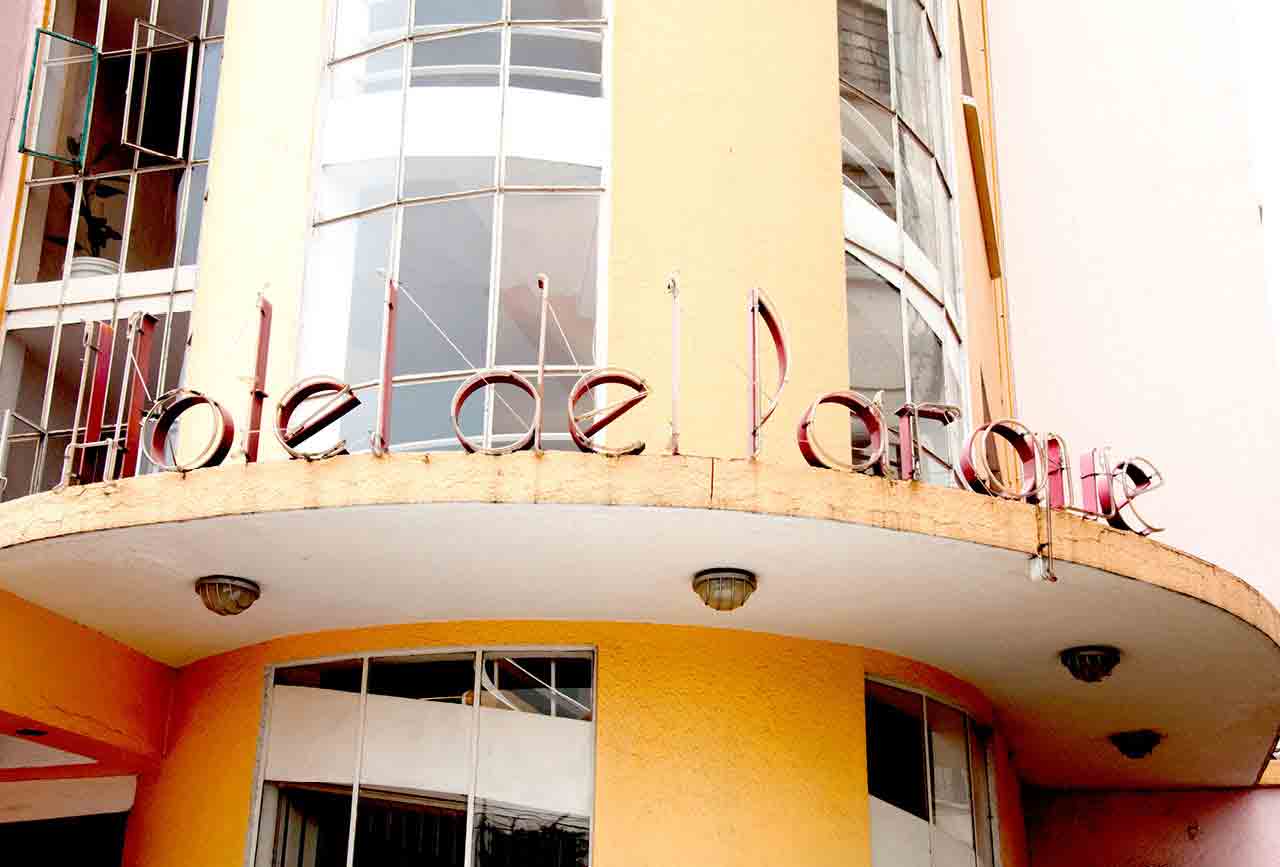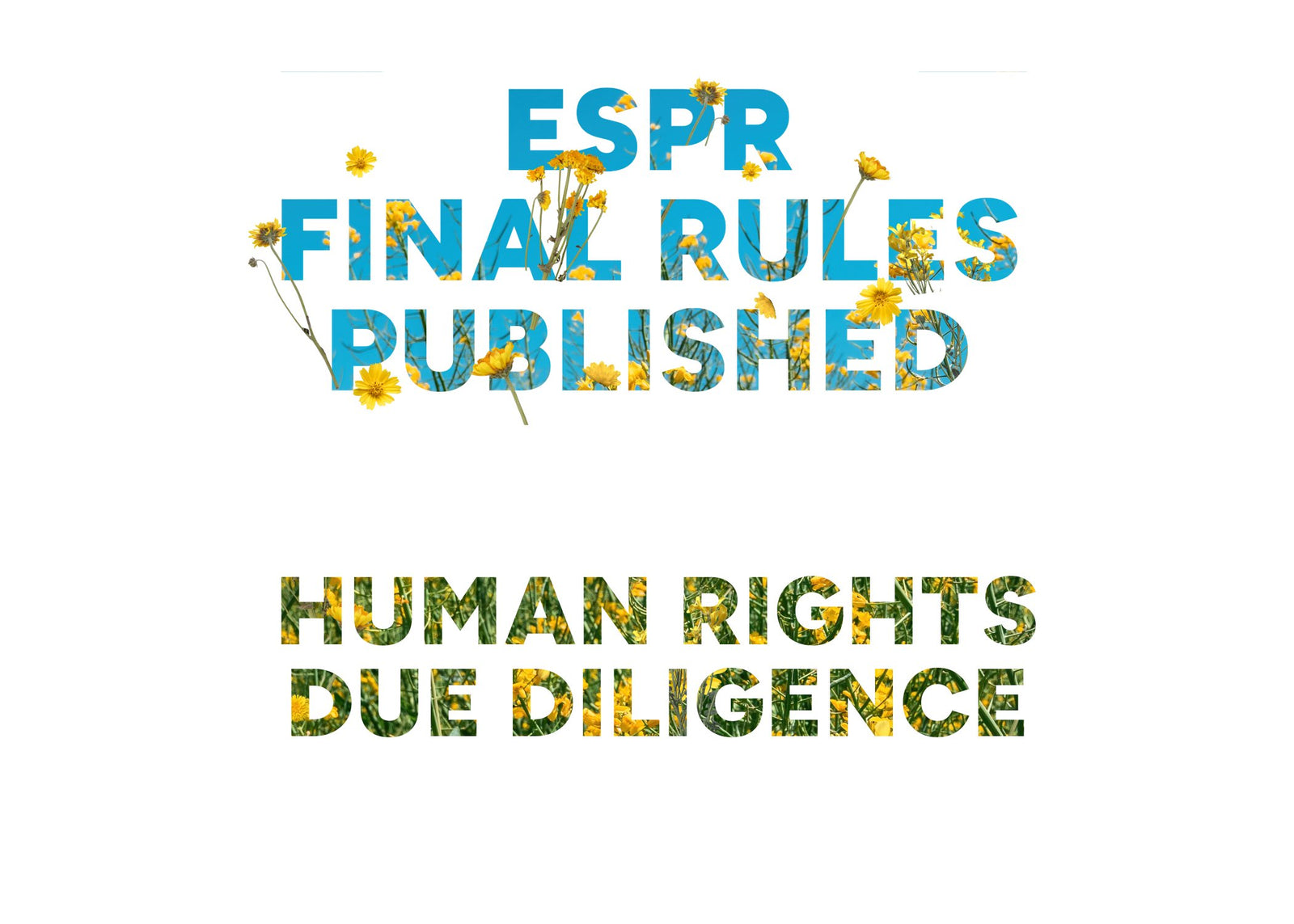MEXICO'S CONSTELLATION OF REVOLUTIONARY TENDENCIES MUST HAVE CREATED THE SPACE FOR A BREAK WITH TRADITION.
From 1927 to 1936 Luis Barragán designed 20 or so buildings in his colonial hometown of Guadalajara, Mexico. He became the first Mexican architect to be published in the United States in 1931 and won the second Pritzker Prize for architecture ever given (1980). Yet, Barragán is still very hard to find here.
I walked past as many of his buildings as I could identify. To put it politely, they all have deferred maintenance. (Hey, Guadalajara Tourism Bureau @AytoGdl, get a map of complete works organized for us please!) The Hotel del Parque is in better shape than most, so let’s begin our search for Barragán here.
You can see from vintage photos that the building has always been a decidedly modern place. Consequently, it must have been designed after 1924-25, post both WWI and the Mexican Revolution (1910-1917), when Barragán embarked on a two-year trip to Europe. In Paris and other European capitals, Barragán immersed himself in the thunderous wake of modernism's intelligentsia. The Art Deco jugguernaut Exposition Internationale des Arts Décoratifs et Industriels Modernes appears to have been especially significant in influencing his later design approach and style.
Mexico's constellation of revolutionary changes must have created the space for a break with tradition. The Parque façade is beautiful in part because it doesn’t reference western history in familiar ways. It has a modern Gropius / Corbusier vibe that must have looked like a spaceship among Guadalajara’s Spanish Colonial buildings. If anything, the façade’s cheerful colors, strong horizontals, metal windows and compression-release spaces are a mash-up of Bauhaus and Streamline Moderne. Consequently, I suspect that Barragán designed the hotel after he returned from a second trip to Europe in the early 30s, where he attended Corbusier (Charles-Édouard Jeanneret-Gris) lectures. Further evidence for a 30s hotel date is that Barragán co-designed the adjacent Parque de la Revolucion (1934-35) around then. This time period is before he decamped to Mexico City where he developed his influential, mature style.




LOBBY
Even in the small hotel lobby with its mix of original and replaced furnishings, you can see Barragán’s control. There is Corbusier's notion of ideal space and Wright's compression-release...all in a 12-foot diameter footprint.
Barragán must have saved the budget for the public areas, specifically the staircase. It interrupts the façade in unexpected ways and is so different from the rest of the hotel that it could almost be a later addition.
Look up from the lobby, and you'll notice that the ovals repeat a theme from the guest room floors, then soar up into something abstracted that still feels very new.
In the façade Barragán seems prescient. Inside the hotel, he did not predict the future very well. The rooms are designed for the times rather than for hotel guests of the future. First of all, the guest rooms exhibit the annoying habit architects have of designing spaces with just enough room for purpose and not a millimeter more. The joke, “Those rooms aren’t even big enough to change your mind” could have been coined here.



IN A COUNTRY WHERE A BUCKET OF PAINT MIGHT BE THE WHOLE RENOVATION BUDGET, COLOR IS A MUCH-LOVED LUXURY.
GUEST ROOMS
The shotgun-plan rooms were laid out in the order of: 1) changing area 2) bathroom 3) bedroom. Designed today, they would more likely be organized on a backbone of 1) bathroom 2) changing area 3) bedroom. Social norms of the day might have made this formal space plan mandatory, (required by the personal values of modesty). Today, of course, things are different.
BATHROOMS
The bathrooms are olive-green wonders. They’re fully encased in vertically-laid subway-style tiles of honed lava stone. This is the same highly figured green stone that encases many of Guadalajara’s landmarks and historical buildings. The baths are well ventilated, but don't have windows. The effect is one of full-on, green grotto realness.
BEDROOMS
The bedrooms seem unremarkable today. However, the built-in wardrobes, simple sconce lighting, horizontal iron windows and grotto bathrooms must have been a modern excitement back in the day.
BARRAGÁN’S MATURE WORK
If there are only traces of Barragán’s mature work in Hotel del Parque, there are many elemental touchstones here in the city of Guadalajara itself. For example, it is typical for traditional houses to tame the sun with thick walls that have flat, uninterrupted planes and small, strategically placed windows. The city is full of Moroccan, Islamic and Arabic motifs similar to those seen in Spain. There are also plenty of cathedrals and beautiful nature to inspire spiritualized space. And, in a country where a bucket of paint might be the whole renovation budget, color is a much-loved luxury. All the elements were there waiting on the impetus for Barragán's later abstractions.
BARRAGÁN’S ADMIRABLE CONTROL
One of the most interesting aspects of Hotel del Parque is the degree of control Barragán imposes. You really know what he wants you to do in each space. Today, it seems a little heavy-handed….like…maybe I don’t want to hang my coat right there.
I had similar experiences at Corbu's La Tourette monastery near Lyon, France and Wright’s Taliesin in Spring Green, WI. These signature techniques are visible today in a very beautiful private home in Sonoma I toured, designed by Barragán's heir, Ricardo Legorreta, for San Francisco's John and Frances Bowes. This level of control is both unsettling and reassuring. The effect is like whispered instructions on how to make life simple, rational and spiritualized.
Dates and provenance for Hotel del Parque are hard to find. Indeed, the hotel does not appear in selected works on the Barragán Foundation’s website, http://www.barragan-foundation.org. Nor, does there seem to be a catalogue raisonné. Vitra, the Barragán copyright holder, is said to be publishing the complete works. (Full disclosure, I could not confirm very many facts). So, I'll keep looking for Barragán.







